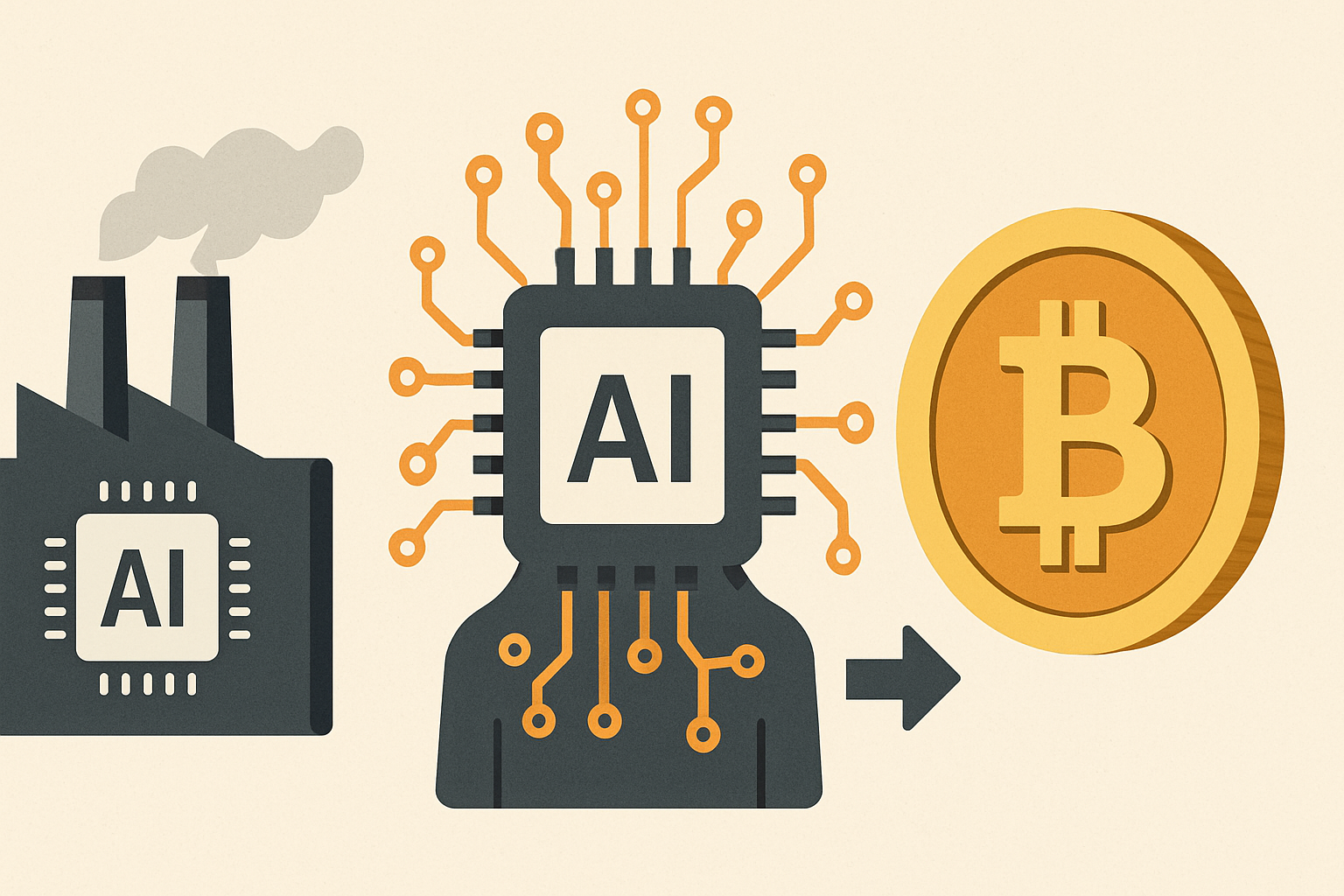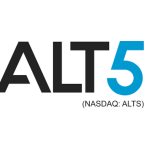AI
How NVIDIA’s AI Factories Are Redefining The Token Economy?

Introduction
The fusion of artificial intelligence (AI) with blockchain and tokenization is no longer a concept confined to whitepapers or tech conferences — it’s becoming an industrial reality. At the center of this evolution stands NVIDIA, a company traditionally known for its GPUs but now rapidly becoming an architect of what it calls “AI factories.” These aren’t physical plants but integrated digital systems capable of building, fine-tuning, deploying, and monetizing AI models on a massive scale. Within this emerging paradigm, the integration of AI-generated tokens is forming a new layer of programmable value that bridges compute power, intelligence, and decentralized finance.
Understanding The AI Factory: More Than Just Compute Power
At the heart of NVIDIA’s strategy is the concept of an AI factory — a digital infrastructure that mirrors traditional manufacturing, but instead of producing physical goods, it produces and refines intelligence. The analogy isn’t superficial. Just like physical factories have raw materials, assembly lines, and packaging systems, AI factories are built with data pipelines, large language model training environments, deployment layers, and APIs.
These factories are powered by NVIDIA’s Blackwell architecture, NVLink, Quantum-2 InfiniBand, and GH200 Grace Hopper Superchips, all working in synchrony to handle trillions of parameters across thousands of GPUs. The goal is not just performance — it’s about industrial-scale productivity of intelligence assets.
With this production capability comes the need for economic structures that can sustain, scale, and commercialize the outputs. This is where tokens enter the conversation.
The Rise Of AI-Generated Tokens
The intersection of AI and blockchain is now focused on AI-generated tokens — crypto assets either created by or linked to artificial intelligence systems. These tokens can represent compute rights, model access, ownership in synthetic assets, or stake in autonomous agents. In the context of NVIDIA’s AI factories, such tokens may serve as a monetization layer for intelligence, rewarding contributors, granting usage, or enabling automated financial flows between AI systems.
NVIDIA is not directly issuing these tokens (yet), but its infrastructure enables others to build them. By offering full-stack environments for training, running, and scaling generative AI, NVIDIA’s AI factories serve as the backend for many token-driven ecosystems — from decentralized AI marketplaces to synthetic asset protocols.
The Economics Of Monetizing Intelligence
Monetization in the AI age requires a shift in thinking. Traditional SaaS models are ill-equipped to manage dynamic, evolving AI outputs. AI factories introduce the concept of continuous intelligence generation — similar to electricity production, but for neural computation. This intelligence isn’t static; it evolves, improves, and adapts based on feedback and user interactions.
In this model, tokens can act as economic meters, similar to how we pay for kilowatt-hours in electricity. Users might pay with AI tokens to query a model, license an image, or train on proprietary data. The tokens can also be used to incentivize open-source model contributions, pay for inference compute, or support governance in decentralized AI networks.
Examples already exist:
- SingularityNET issues AGIX tokens to power its decentralized AI marketplace.
- Ocean Protocol uses tokens for data exchange.
- DeepSeek and VVV tokens back Chinese AI models and Ethereum L2 experiments respectively.
- NVIDIA’s infrastructure underpins many such efforts, making the revenue-generating capacity of AI factories not just plausible, but inevitable.
From Hardware To Tokens: Building The Infrastructure For Web3 AI
One of the most groundbreaking implications of NVIDIA’s AI factory model is how it aligns with Web3’s philosophy of decentralized ownership. Through tokenization, AI models can become shared assets rather than proprietary black boxes owned by tech giants.
Imagine a scenario where:
- A DAO funds training for a climate model.
- The model runs in a decentralized NVIDIA-powered AI factory.
- Tokens are minted to represent rights over the model’s usage.
- Revenue from subscriptions is shared via smart contracts.
This is programmable intelligence, and NVIDIA is enabling it at scale. Its role is infrastructural but foundational — providing the GPU firepower, memory architecture, and interconnectivity that decentralized AI economies require.
Data, Trust And Decentralization: Challenges To Overcome
While the opportunity is vast, so are the challenges. Monetizing AI through tokens requires solving for:
Data integrity: AI systems are only as good as the data they consume.
Trust in outputs: Tokenization demands transparency and auditability.
Interoperability: AI models trained in one environment must deploy across blockchains, apps, and devices seamlessly.
NVIDIA addresses some of these with Omniverse, a platform that enables digital twin simulations and collaborative AI development. It brings structure to complexity, allowing developers and enterprises to test AI models in lifelike, tokenized environments before full-scale launch.
Still, true decentralization will require more than GPU acceleration. It will need standardized APIs, open governance, and integration with Web3 identity layers.
AI As An Asset Class
One of the more revolutionary ideas sparked by the AI factory model is the notion of AI as an investable asset class. When you tokenize access to a high-performing model, you essentially create a new form of equity — one that can be fractionally owned, staked, or even collateralized.
This model aligns with the direction of decentralized finance (DeFi), where protocols are beginning to explore ways to collateralize not just tokens, but productive assets like compute, data, and AI-generated content.
NVIDIA’s role here is to bootstrap liquidity — not through financial instruments, but through hardware and developer ecosystems that make token-based AI commercially viable.
Conclusion
The traditional paradigm of software as a product is quickly evolving. In its place is a new model — AI as a service, minted as tokens, delivered through factories. NVIDIA’s concept of the AI factory is not just a hardware pitch. It’s a vision for how society might build, distribute, and profit from intelligence in a programmable, decentralized world.
By enabling developers, enterprises, and startups to deploy large-scale generative AI with token-based economics, NVIDIA has positioned itself not just as a tech provider, but as a catalyst for the next evolution of crypto — one where intelligence is monetized like oil, electricity, or bandwidth. The monetization of AI via blockchain is no longer theoretical — it’s being built today, one factory at a time.










